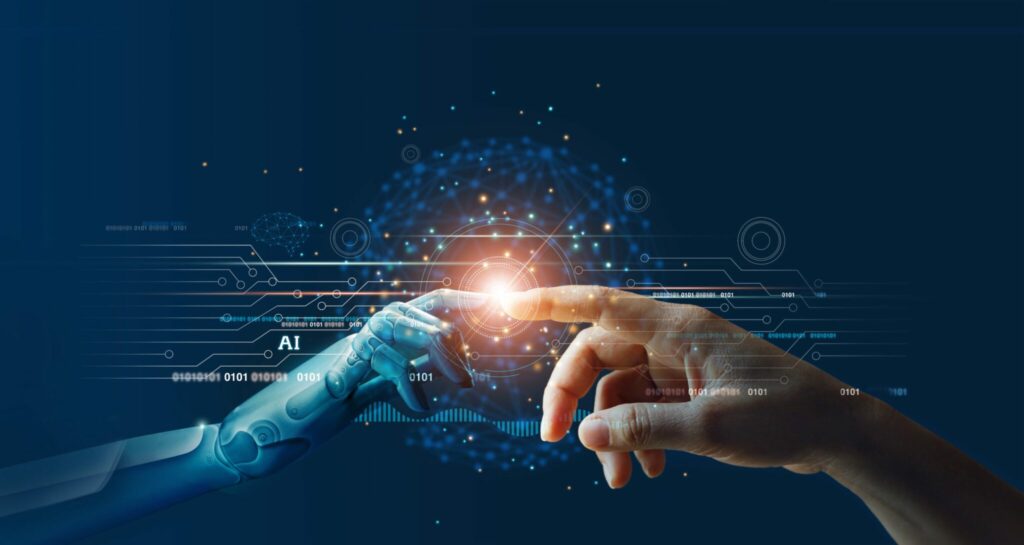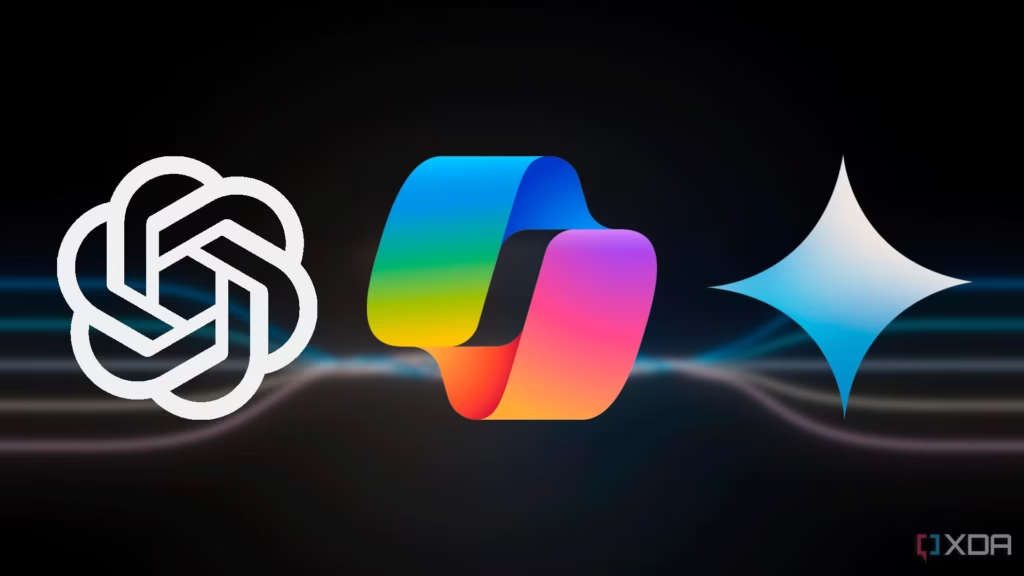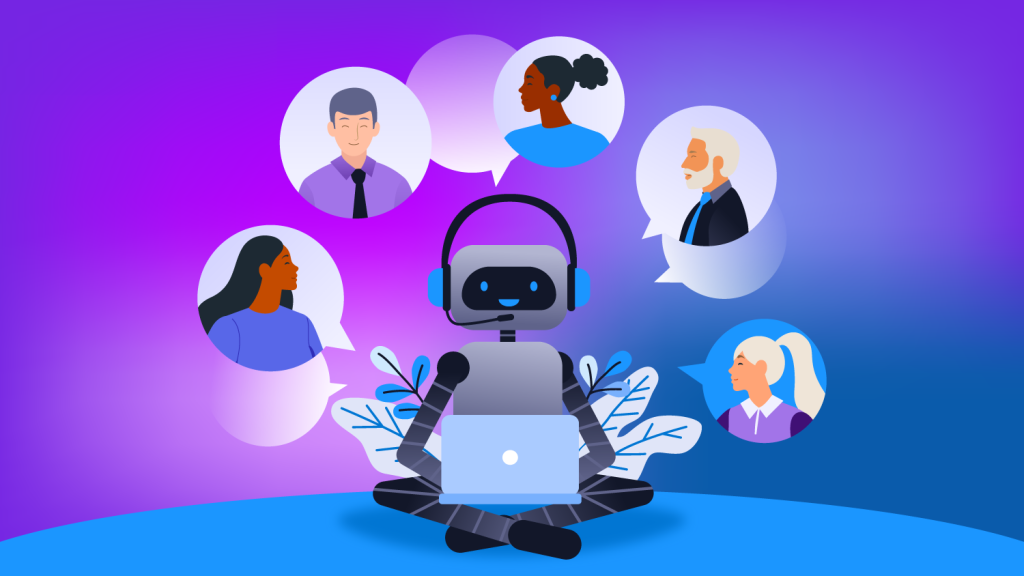
Ai in digital marketing landscape is undergoing a seismic shift, thanks to the rise of generative AI. Tools like ChatGPT, Gemini, Midjourney, and DeepSeek are not just automating tasks — they’re redefining how brands engage with audiences, craft content, and optimize campaigns. In 2025, AI is no longer a futuristic concept; it’s the engine powering modern marketing.
Understanding AI in Digital Marketing: The Role of Generative AI
Generative AI refers to artificial intelligence systems that can create new content — text, images, audio, or video — by learning from vast datasets. In marketing, this means AI can generate ad copy, blog posts, product descriptions, visuals, and even customer responses with remarkable accuracy and personalization.
Unlike traditional automation, generative AI mimics human creativity and decision-making. It understands tone, context, and audience preferences, making it a game-changer for marketers seeking scale and relevance.
ChatGPT & Gemini: The Dynamic Duo of Campaign Strateg

ChatGPT: Content Creation at Scale
ChatGPT has become a staple in marketing departments for its ability to produce high-quality content in seconds. Whether it’s:
- Ad copy tailored to different personas
- Email campaigns personalized to user behavior
- Blog headlines and social media captions optimized for engagement
ChatGPT enables marketers to scale content production without sacrificing quality. Its deep learning capabilities allow it to analyze past campaign data and predict what kind of messaging will resonate best.
Gemini: SEO and Deep Search Integration
Google’s Gemini AI model complements ChatGPT by focusing on search optimization and content insights. It helps marketers:
- Discover high-performing keywords
- Analyze competitor content strategies
- Suggest optimal content formats for specific audiences
Together, ChatGPT and Gemini act as two engines driving campaign performance — one focused on creation, the other on optimization.
Transforming Campaign Strategies
Generative AI is revolutionizing how campaigns are planned, executed, and refined. Here’s how:
1. Hyper-Personalization
AI can analyze customer data — demographics, behavior, purchase history — to create personalized experiences. For example:
- Email subject lines that reflect user interests
- Product recommendations based on browsing habits
- Dynamic landing pages tailored to visitor profiles
This level of personalization boosts engagement and conversion rates dramatically.
2. Real-Time A/B Testing
AI tools can run multiple versions of ad copy or visuals simultaneously, analyze performance in real time, and automatically select the best-performing variant. This eliminates guesswork and speeds up optimization.
3. Predictive Analytics
Generative AI can forecast campaign outcomes by analyzing historical data. It helps marketers:
- Allocate budgets more effectively
- Identify high-potential leads
- Plan proactive strategies based on emerging trends
Enhancing Customer Interaction
Generative AI isn’t just about content — it’s transforming how brands interact with customers.
AI Chatbots

Powered by models like ChatGPT, modern chatbots can:
- Handle complex queries with human-like responses
- Provide 24/7 support across platforms
- Learn from interactions to improve over time
This leads to better customer satisfaction and reduced support costs.
Sentiment Analysis
AI tools can analyze customer feedback — reviews, social media comments, survey responses — to gauge sentiment. This helps brands:
- Address issues proactively
- Refine messaging
- Build stronger relationships
Visual Campaigns with Midjourney & DeepSeek
While ChatGPT and Gemini handle text and strategy, tools like Midjourney and DeepSeek bring visual creativity into the mix.
- Midjourney generates stunning visuals for ads, social media, and branding.
- DeepSeek creates high-volume assets like banners, thumbnails, and product images.
These tools allow marketers to maintain visual consistency while scaling design efforts.
Ethical Considerations & Best Practices
With great power comes great responsibility. As generative AI becomes central to marketing, ethical use is critical.
Best Practices:
- Transparency: Disclose when content is AI-generated.
- Bias Mitigation: Regularly audit AI outputs for bias or misinformation.
- Human Oversight: Use AI to assist, not replace, human creativity and judgment.
Challenges:
- Over-reliance on automation can dilute brand voice.
- AI-generated content may lack emotional nuance.
- Data privacy concerns must be addressed proactively.
The ROI Revolution
According to recent studies, companies using generative AI in marketing have seen:
- 10x increases in campaign ROI
- 50% faster content production
- 30% higher engagement rates
These numbers aren’t just impressive — they’re transformative.
What’s Next?
As generative AI evolves, expect even more integration across platforms:
- Voice-based marketing powered by AI-generated scripts
- Augmented reality campaigns designed by AI
- Automated influencer collaborations based on audience match algorithms
The future of marketing is not just digital — it’s intelligent, adaptive, and deeply personalized.
Final Thoughts
Generative AI is not a tool — it’s a strategic partner. From ChatGPT’s content wizardry to Gemini’s SEO insights, and Midjourney’s visual magic, AI is reshaping digital marketing from the ground up. Brands that embrace these technologies will not only survive — they’ll thrive in an increasingly competitive landscape.
Want to explore how AI can supercharge your next campaign? Let’s brainstorm together.
Follow us on social media platforms – Facebook, Instagram, X.com more